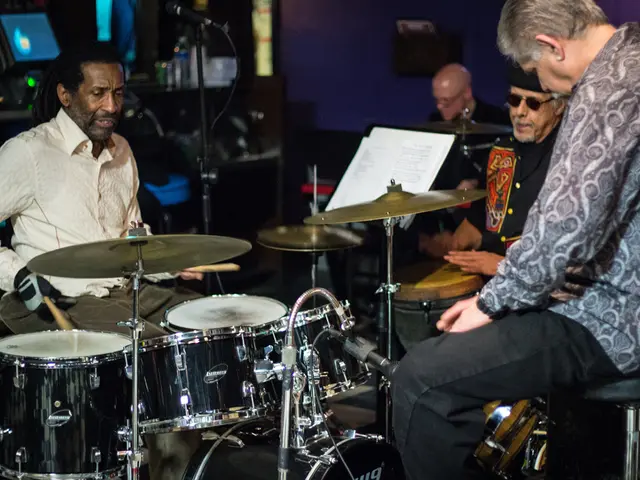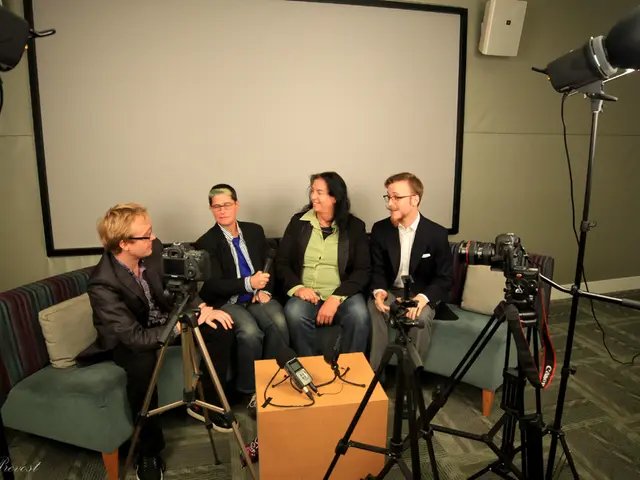The Origin of Exams: Unraveling the Past of Written Testing
In the realm of formal assessment and selection, the history of examinations can be traced back to several ancient civilizations, each contributing to the evolution of this practice with distinct purposes and formats.
China's Imperial Examination System
China is often credited with one of the earliest and most influential examination systems, known as the Imperial Examination System or keju. Originating during the Han dynasty (206 BC–AD 220), it was fully developed by the Song dynasty (960–1279). This system used competitive exams primarily based on Confucian texts to recruit government officials, promoting a meritocratic approach to public service. Candidates underwent exams at local, provincial, and national levels, with the system influencing education and governance in China until it was abolished in 1905 due to its rigidity [1].
In modern China, the legacy continues in the form of the Gaokao, the National Higher Education Entrance Examination, which started in 1952 and became standardized nationwide from 1978. The Gaokao is crucial for university admissions and has evolved over time to include various subject streams and reforms aimed at enhancing fairness and flexibility [2].
The United States: Standardized Testing
Standardized testing in the United States emerged in the 19th century and expanded rapidly in the 20th century. Early influences included immigration assessments and the desire to standardize entrance to elite northeastern universities. The College Entrance Examination Board introduced standardized tests in 1901, initially essay-based. Later, tests like the Army Alpha and Beta exams during World War I, the Stanford-Binet IQ test in 1916, the SAT in 1926 (modeled on military IQ tests), and the ACT starting in 1959 became key components of educational assessment and college admissions [3].
Other Ancient Civilizations and Examinations
Other ancient civilizations also contributed to the evolution of examinations, though less systematically codified than the Chinese model. For example, oral and written assessments have been documented in ancient Egypt and Mesopotamia, linked to the administration or training of scribes. However, these were not developed into the formalized state-controlled examination systems seen in China and later modern educational systems.
Types of Examinations
Throughout history, various types of examinations have been developed to measure different aspects of an individual's abilities. These include aptitude tests, designed to measure an individual's ability to learn or perform a specific task; achievement tests, designed to measure an individual's level of knowledge or skill in a particular area; psychometric tests, designed to measure an individual's cognitive abilities and personality traits; and personality tests, designed to measure an individual's personality traits.
The first university examination was the Oxford and Cambridge Junior Examination, introduced in 1873. Since then, examinations have played a crucial role in the educational system, shaping the way students are assessed and providing a means to compare their abilities across diverse populations.
[1] "The History of the Gaokao: China's College Entrance Exam." China Daily. https://www.chinadaily.com.cn/a/202006/18/WS5eb60069a3105a2f673c0e3c.html
[2] "The Evolution of the Gaokao." China Education & Research Network. http://www.cernet.edu.cn/service/gaokao/about/history.htm
[3] "A Brief History of Standardized Testing in America." Education Week. https://www.edweek.org/leadership/opinion-a-brief-history-of-standardized-testing-in-america/2016/04
Psychology plays a significant role in the development of various types of examinations, focusing on measuring an individual's cognitive abilities, personality traits, and aptitude for specific tasks. This branch of study has been instrumental in shaping education-and-self-development, as it helps tailor learning environments to individual needs and improve fairness in assessment.
In the educational landscape of China, the Gaokao, with roots traced back to the Imperial Examination System, has greatly contributed to the application of knowledge in psychology for examination purposes. Its modern form, introduced in 1952 and standardized nationwide from 1978, has evolved to include various subject streams and reforms aimed at enhancing fairness and flexibility for students.








